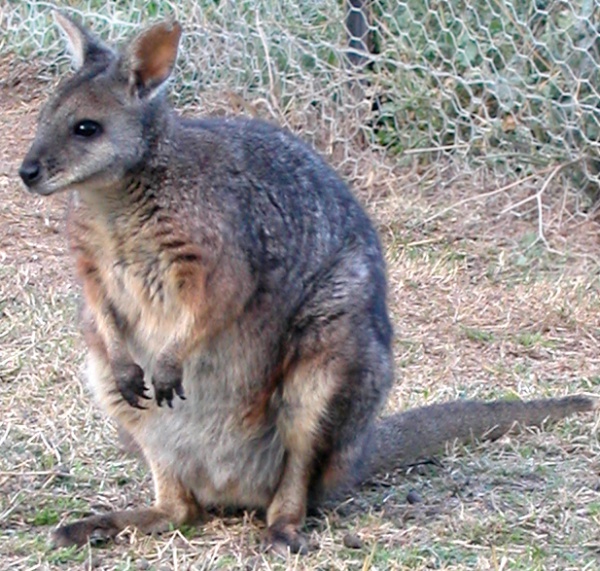Facts About Tammar (Dama) Wallaby
The tammar wallaby, also known as the dama or darma wallaby, is a small marsupial indigenous to South and Western Australia. Despite its range having shrunk due to European settlement, it remains commonly found in its natural habitat and is classified as "Least Concern" by the IUCN. Interestingly, this species has also been introduced to New Zealand and reintroduced to certain areas in Australia. The tammar wallaby is a significant species for marsupial research, and its genome has been fully sequenced.
Belonging to the genus Macropus and the subgenus Notamacropus, the tammar wallaby boasts a rich history, with fossil evidence dating back to the late Pleistocene era. Different populations exhibit distinct skull features. This wallaby is notable for its efficient hopping, color vision, and even the ability to drink seawater. It is a nocturnal and social animal with a promiscuous mating system. Female tammars are particularly fascinating because they can nurse a joey in their pouch while carrying another embryo in their uterus.
European colonization significantly impacted the tammar wallaby's population, causing declines and even extinctions in some regions. Conservation efforts include reintroducing the species to various locations and managing inbreeding issues. However, the species faces challenges such as sudden death syndrome and varying resistance to toxic substances.
In the scientific world, the tammar wallaby is a valuable model for studying marsupial and mammalian biology. Its genome has provided insights into marsupial genetics and evolution. Compounds in tammar milk show promise for pharmaceutical applications, including antibiotics. Research on the tammar's gut microbiota could also help reduce methane production in livestock, benefiting environmental sustainability.
